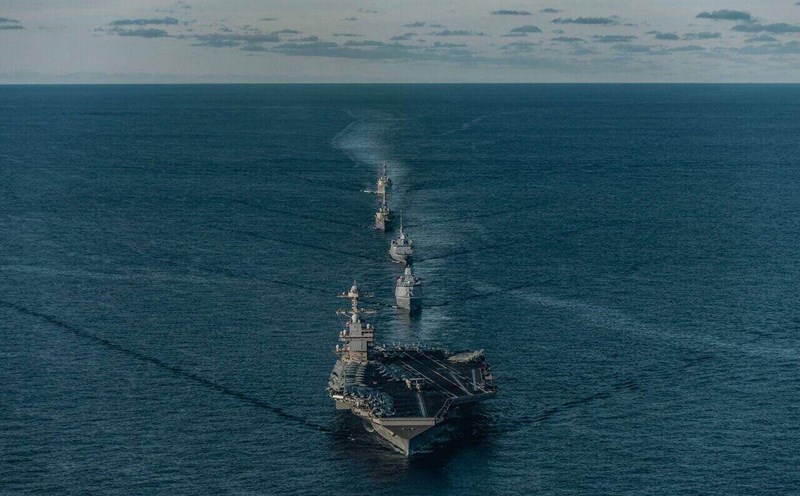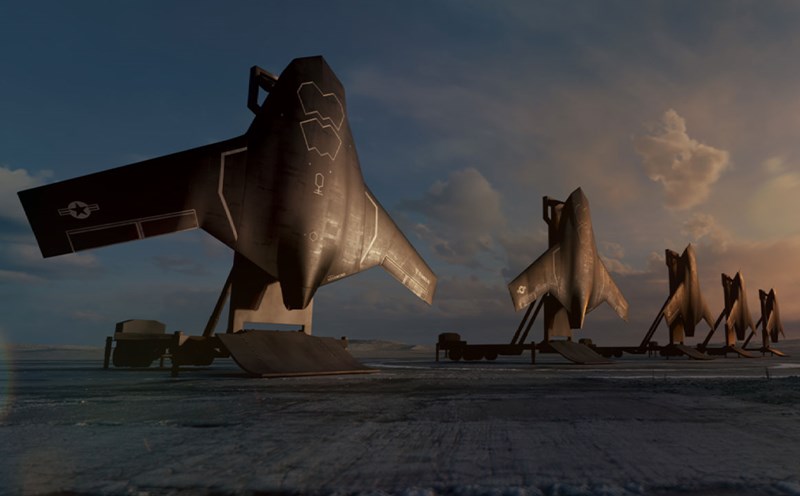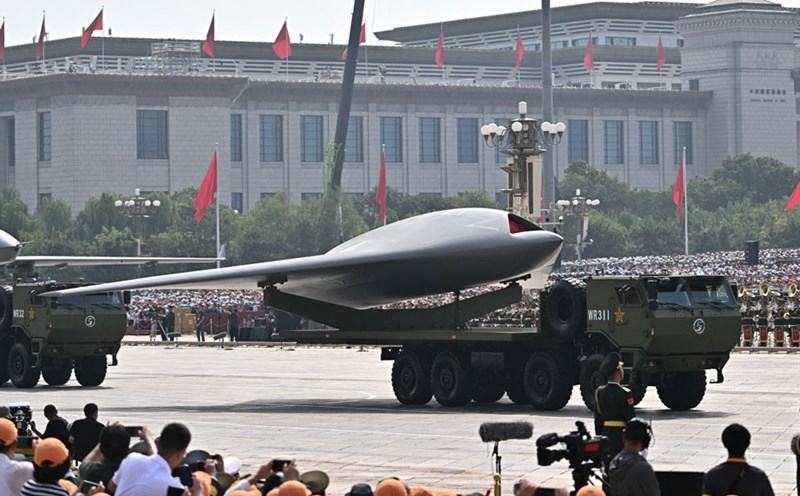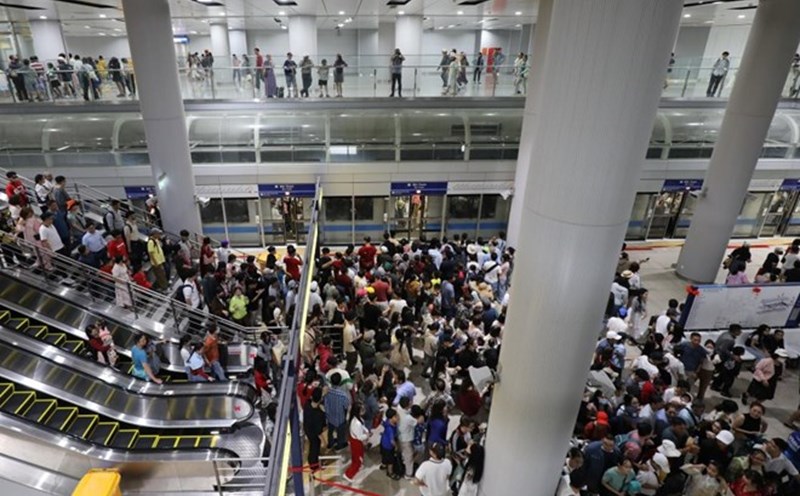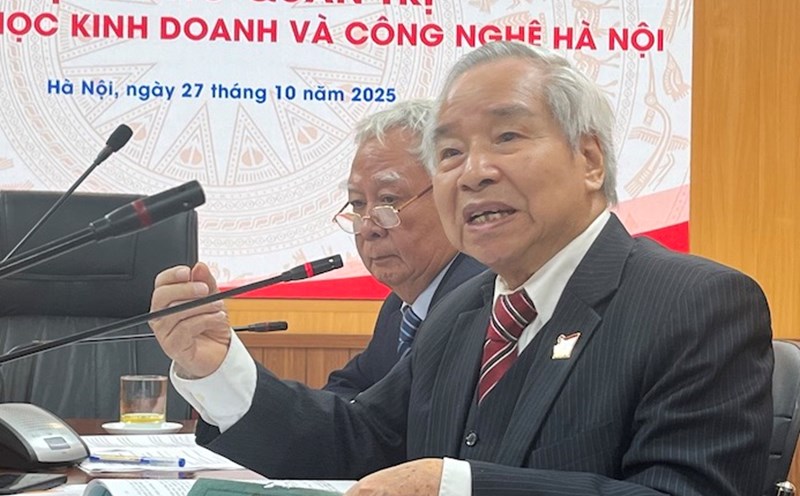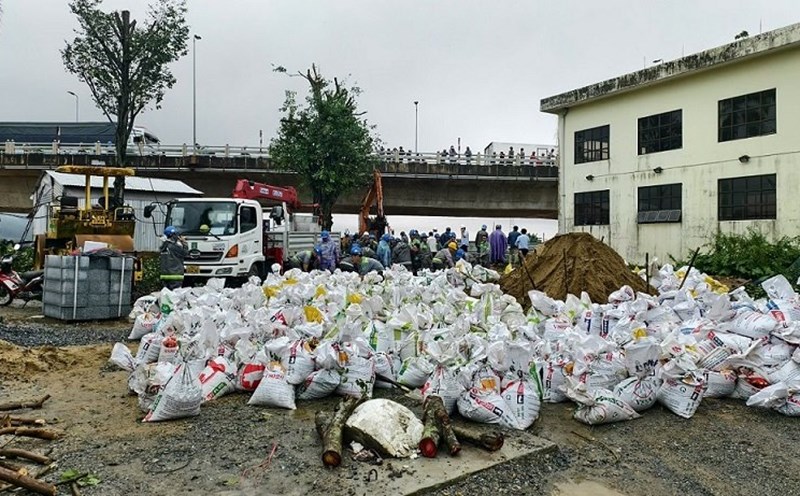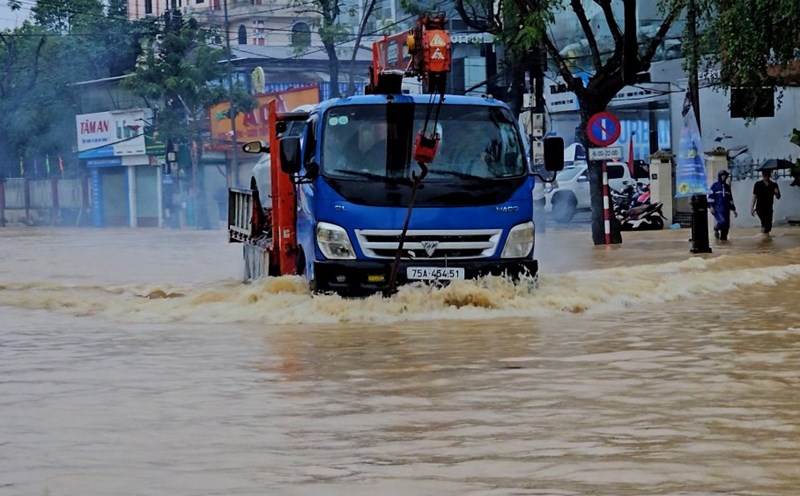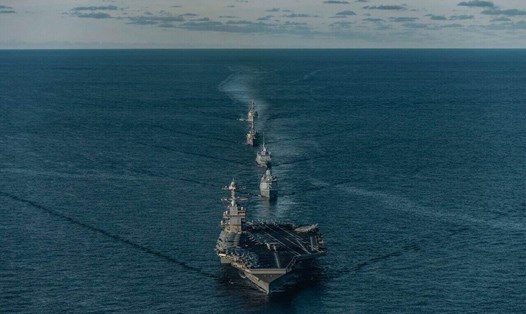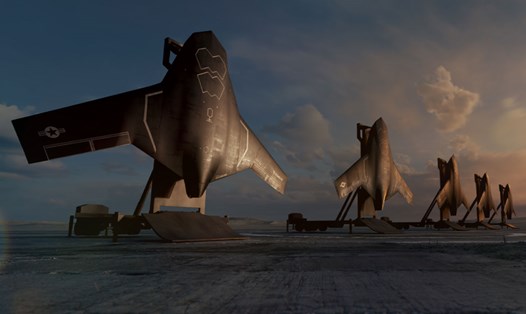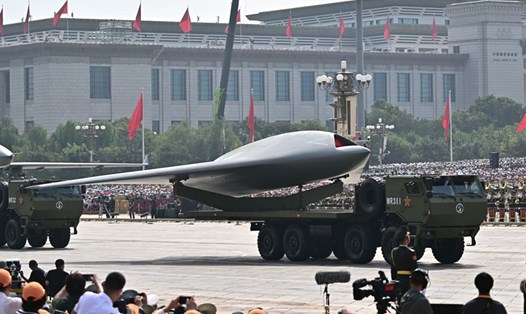On October 25, Northrop Grumman's RQ-4B Global Hawk long-range reconnaissance UAV, codenamed FORTE 10, was recorded to be on duty to monitor the southern Black Sea.
According to flight tracking data, the plane took off from NATO's Sigonella air base on the island of Sicily (Italy) - an important starting point for intelligence, surveillance and reconnaissance (ISR) missions across Eastern Europe and the Black Sea.
The RQ-4B Global Hawk is one of the US Air Force's most powerful reconnaissance platforms. This type of UAV can fly continuously for more than 30 hours at an altitude of over 18km, equipped with an advanced optical sensor and radar system to help detect ground targets on a large scale, providing real-time intelligence data to the US Command and its allies.
The US has previously reduced the frequency and range of these flights, moving away from Russian airspace to avoid direct collisions between NATO forces and Moscow.
The resumption of Global Hawk's operations this week shows that Washington may be adjusting the pace of intelligence operations as the Ukrainian conflict enters its third year.
The FORTE 10 mission is said to still comply with NATO's standard monitoring process - flying entirely in international waters but monitoring coastal areas and key maritime routes.
The Black Sea is currently a key area for intelligence operations, as Russia regularly uses its naval and air force there, and conducts missile launches from the Crimean Peninsula and the northern Black Sea area against Ukraine.
Although the US Air Force and NATO have not made an official statement, the return of Global Hawk is considered in line with the common efforts of the allies in enhancing the monitoring capacity of the area around the Ukrainian border.
With the ability to fly long distances and a modern sensor system, Global Hawk is an important tool in collecting data on missile activities, deploying naves and concentrating troops in the Black Sea area.
According to defense experts, these missions allow the US and its allies to maintain continuous monitoring without the risk of using manned aircraft near the disputed airspace.

